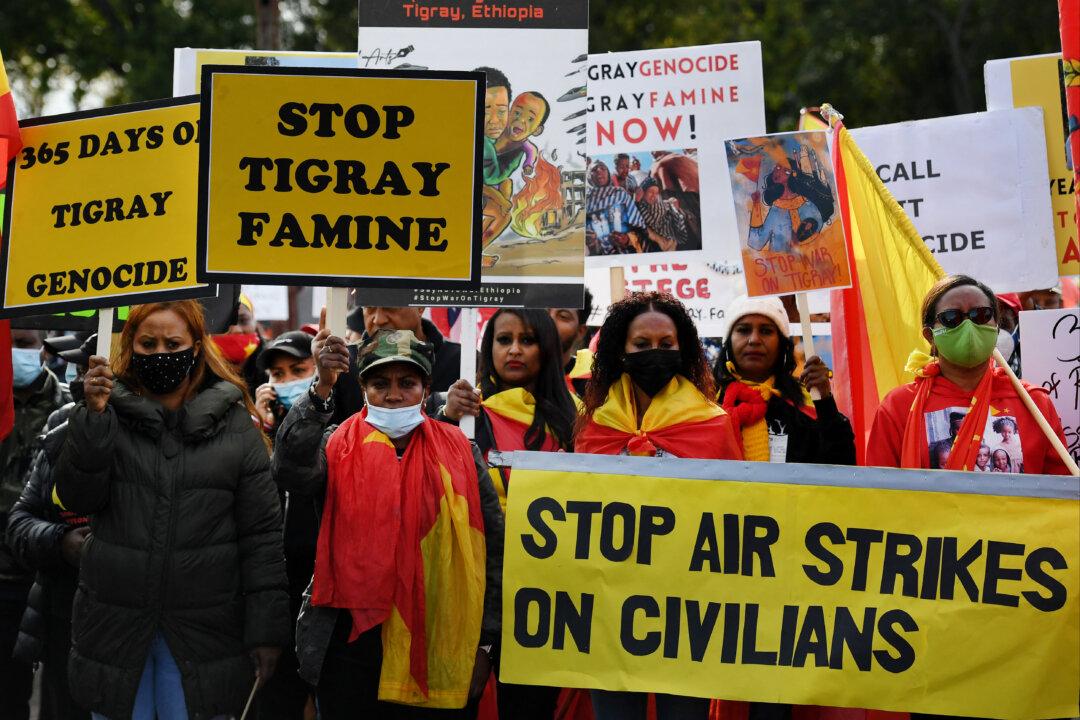Commentary
Ethiopia’s civil war—by far the worst conflict in terms of casualties and refugees in the world at present—is far from over, despite a peace accord between two of the combatant powers.

Ethiopia’s civil war—by far the worst conflict in terms of casualties and refugees in the world at present—is far from over, despite a peace accord between two of the combatant powers.